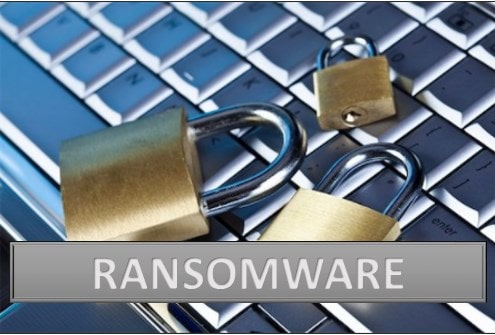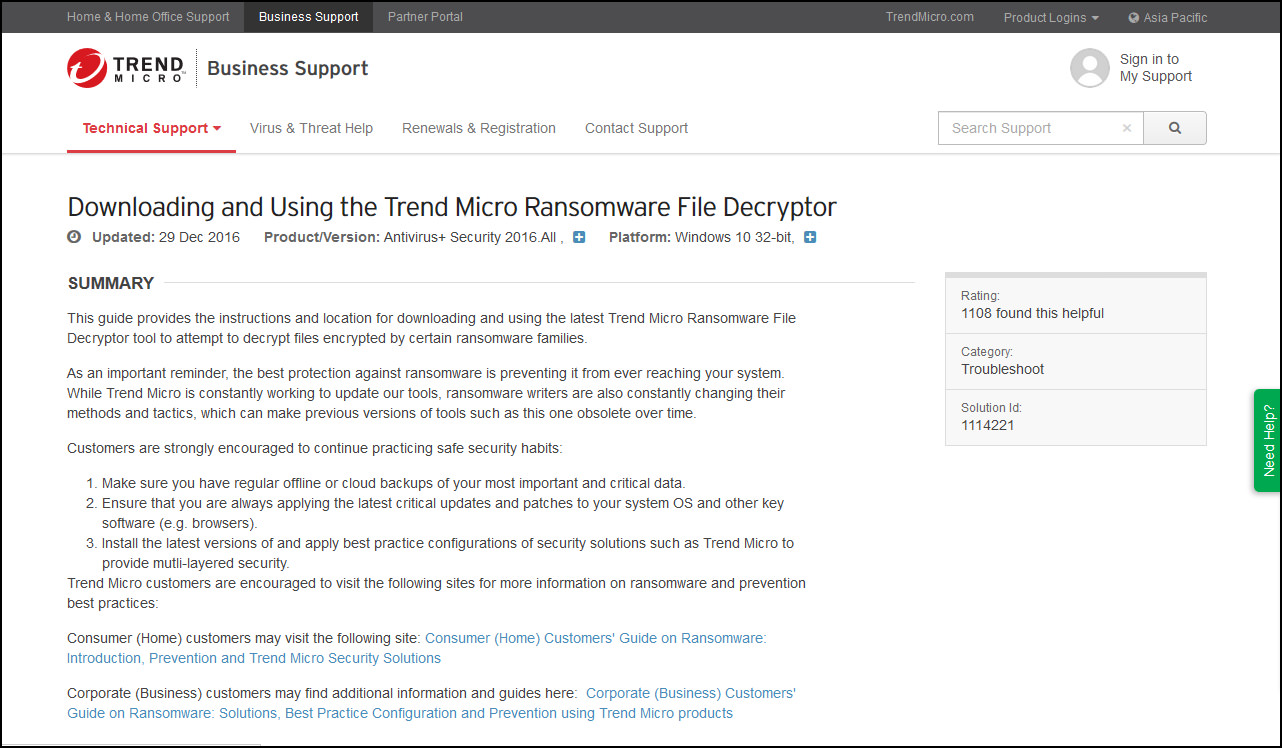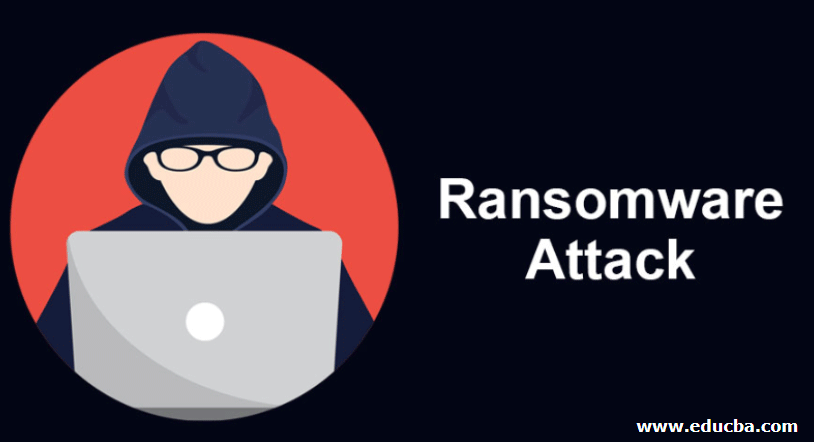


Ransomwhere tool Pc#
This ransomware attack became known as the AIDS Trojan, or the PC Cyborg.
Ransomwhere tool software#
After the 90-start threshold was reached, the malware displayed a message demanding a payment of $189 and another $378 for a software lease.

However, the disk also contained a malware program that initially remained dormant in computers, only activating after a computer was powered on 90 times. The first known attack was initiated in 1989 by Joseph Popp, PhD, an AIDS researcher, who carried out the attack by distributing 20,000 floppy disks to AIDS researchers spanning more than 90 countries, claiming that the disks contained a program that analyzed an individual’s risk of acquiring AIDS through the use of a questionnaire. Screenshot originally taken from Security Focus. 28 years later, the healthcare industry remains a top target for ransomware attacks. According to Becker’s Hospital Review, the first known ransomware attack occurred in 1989 and targeted the healthcare industry. While ransomware has maintained prominence as one of the biggest threats since 2005, the first attacks occurred much earlier. Technically, an attack or infection vector is the means by which ransomware obtains access.Įxamples of vector types include: Email AttachmentsĪnother common, yet older, ransomware vector is the online “pop-ups.” Pop-ups are made to mimic currently-used software so that users will feel more comfortable following prompts, which are ultimately designed to hurt the user. Like the biological world, there are a number of ways for systems to be corrupted and subsequently ransomed. Due to those similarities, deemed entry points are often called “vectors,” much like the world of epidemiology uses the term for carriers of harmful pathogens.

Malware and virus software share similarities to biological illnesses. This access happens through infection or attack vectors. However, the program has to gain access to the files or system that it will hold ransom. The term “ransomware” describes the function of the software, which is to extort users or businesses for financial gain. Now that we have a loose definition of ransomware, let us go over a more detailed account of how these malicious programs gain access to a company’s files and systems. With ransomware holding steady as one of the most significant threats facing businesses and individuals today, it is no surprise that attacks are becoming increasingly sophisticated, more challenging to prevent, and more damaging to their victims.
Ransomwhere tool Offline#
“Additionally, the use of offline encryption methods are becoming popular in which ransomware takes advantage of legitimate system features such as Microsoft’s CryptoAPI, eliminating the need for Command and Control (C2) communications.”Ī CryptoWall website displays decryption instructions after a victim paid a ransom of over $500. “New-age ransomware involves a combination of advanced distribution efforts such as pre-built infrastructures used to easily and widely distribute new varieties as well as advanced development techniques such as using crypters to ensure reverse-engineering is extremely difficult,” explains Ryan Francis, managing editor of CSO and Network World. While ransomware has been around for decades, ransomware varieties have grown increasingly advanced in their capabilities for spreading, evading detection, encrypting files, and coercing users into paying ransoms. The key allows the user to access the files or systems encrypted by the program.Ī CryptoWall 4 website provides instructions for purchasing bitcoins to pay ransoms. Then, all files, or even entire devices, are held hostage using encryption until the victim pays a ransom in exchange for a decryption key. Ransomware is a type of malicious software that gains access to files or systems and blocks user access to those files or systems.


 0 kommentar(er)
0 kommentar(er)
